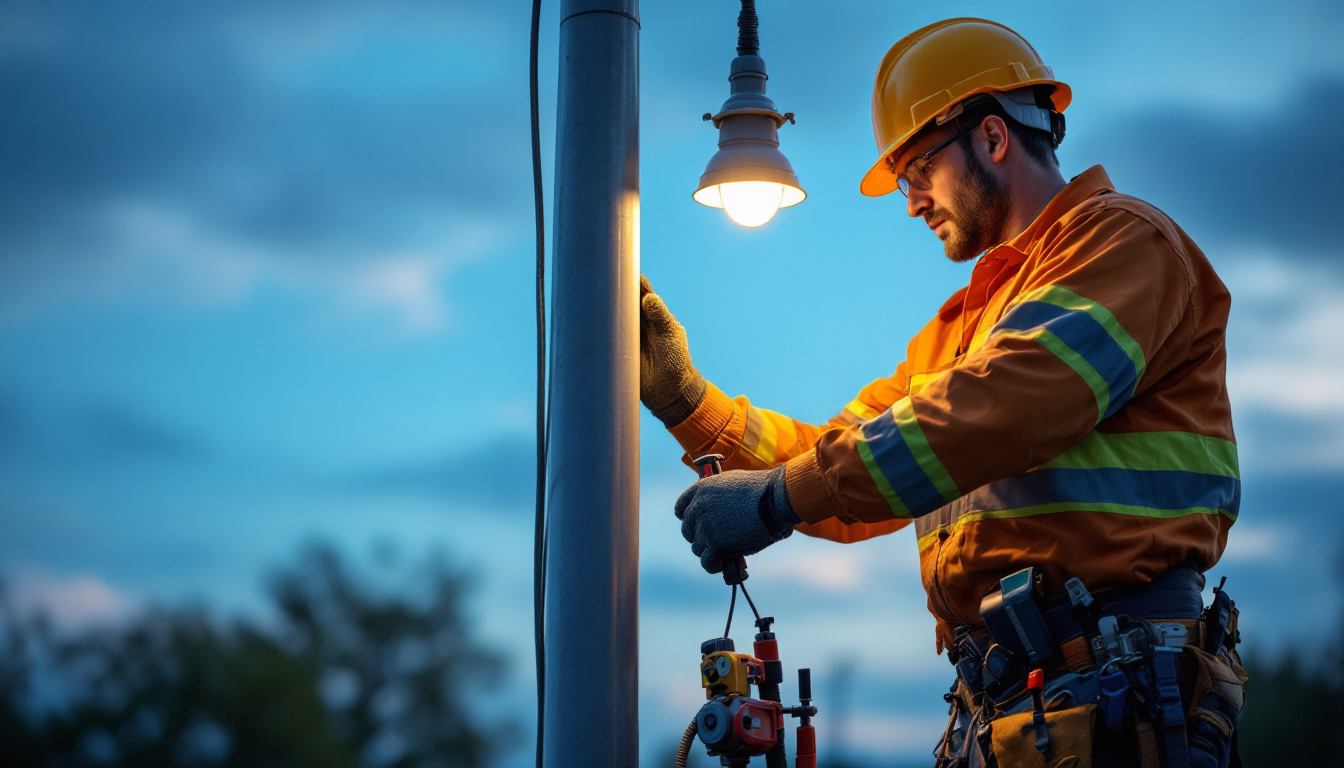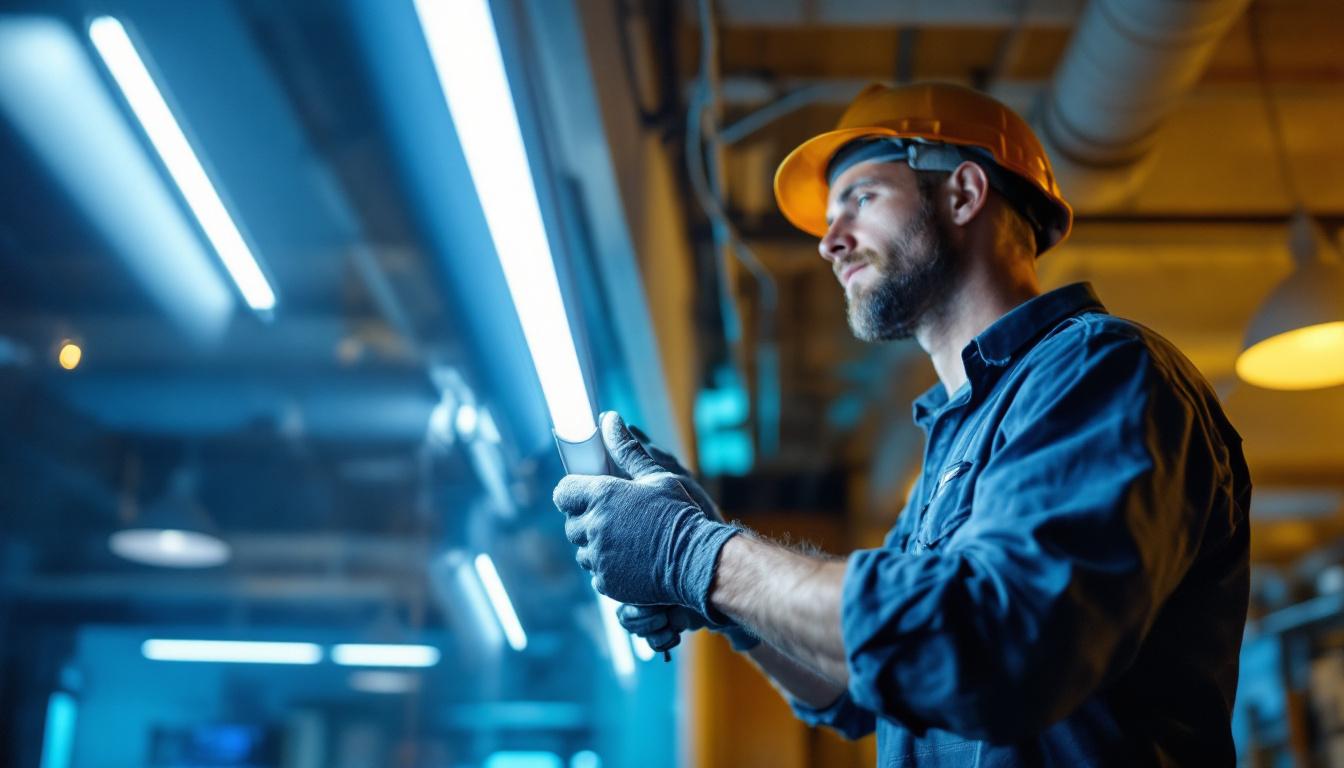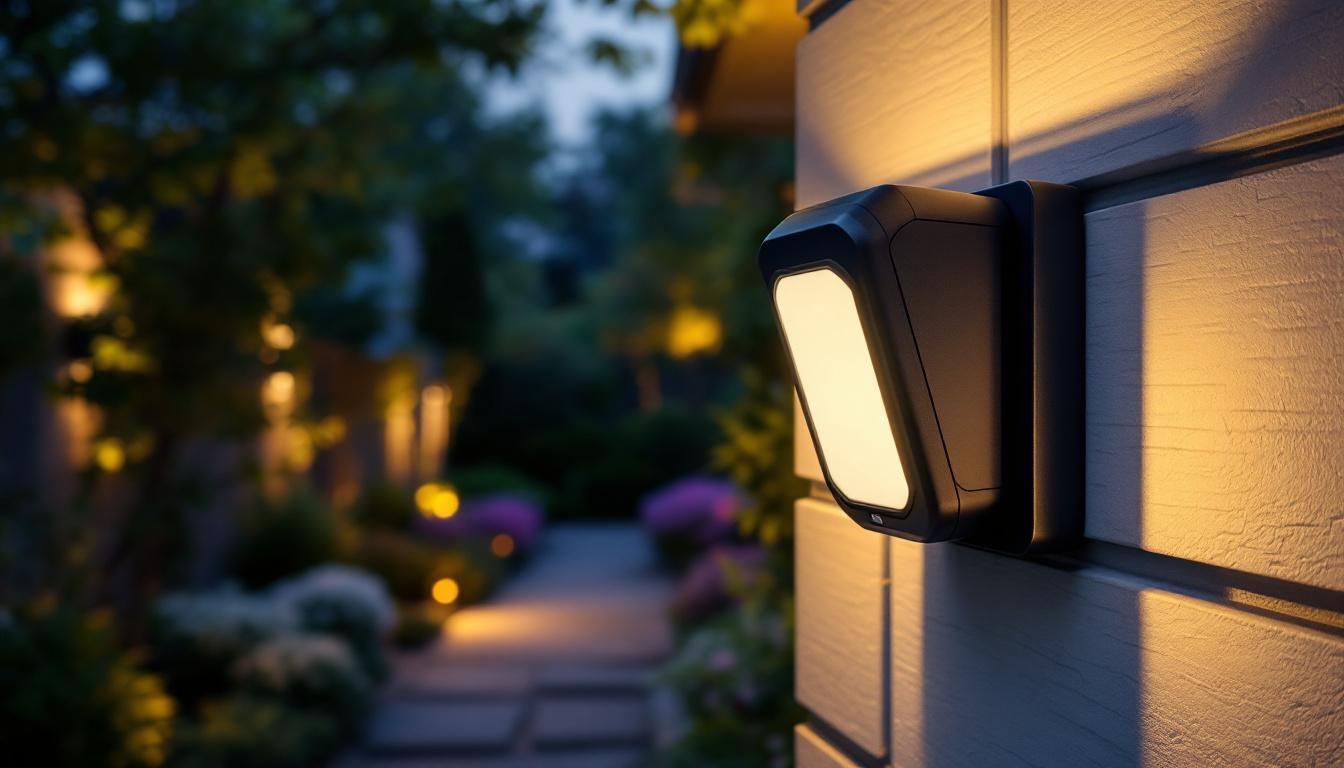
Understanding foot-candles is essential for lighting contractors who strive to create well-lit spaces that enhance functionality and aesthetics. Foot-candles measure the intensity of light that illuminates a surface, providing a standard for evaluating lighting performance in both residential and commercial settings. This article delves into the importance of foot-candles, how to measure them, and offers practical advice for lighting contractors to optimize their designs.
Foot-candles are crucial for determining the appropriate lighting levels for various tasks and environments. They help ensure that spaces are not only visually appealing but also safe and functional. For lighting contractors, understanding foot-candles can lead to better project outcomes and satisfied clients.
Different tasks require varying levels of illumination. For instance, a workspace where detailed tasks are performed, such as an office or workshop, typically requires a higher foot-candle level than a hallway or storage area. Familiarity with these requirements allows lighting contractors to tailor their designs to meet specific needs, enhancing both productivity and comfort. In addition, the psychological effects of lighting should not be overlooked; adequate illumination can reduce eye strain and fatigue, which is particularly important in environments where employees spend long hours working. By carefully considering foot-candle levels, designers can create spaces that not only meet functional needs but also promote well-being and efficiency.
Many industries have established guidelines for recommended foot-candle levels. For example, the Illuminating Engineering Society (IES) provides recommendations based on the function of the space. Adhering to these standards not only ensures compliance with regulations but also enhances the quality of the lighting design, which can lead to improved client satisfaction and fewer revisions. Furthermore, understanding these standards can also help in the selection of appropriate lighting fixtures and technologies. For instance, LED lights, which are energy-efficient and long-lasting, can be chosen to meet specific foot-candle requirements while also reducing energy costs. This dual focus on compliance and efficiency not only benefits the environment but also aligns with the growing trend of sustainable design practices in the industry.
Accurate measurement of foot-candles is vital for assessing lighting effectiveness. Lighting contractors should be equipped with the right tools and knowledge to measure and adjust light levels appropriately. Understanding foot-candles not only helps in achieving the desired ambiance but also plays a crucial role in enhancing safety and productivity in various environments, from offices to warehouses.
A light meter is the most reliable tool for measuring foot-candles. When using a light meter, it’s essential to hold it at the height of the task surface, as this will provide the most relevant readings. Contractors should take multiple measurements across the area to account for variations in light distribution and ensure that all spots meet the required foot-candle levels. Additionally, it’s important to consider the time of day and any potential obstructions that may affect the readings, such as furniture or window treatments, which can cast shadows or reflect light in unexpected ways.
In addition to using a light meter, contractors can calculate foot-candles using the formula:
Foot-Candles = Lumens / Area (in square feet)By understanding the lumen output of the light fixtures being used and the area they are meant to illuminate, contractors can estimate the foot-candle levels. This calculation is particularly useful in the planning stages of a project, allowing for adjustments before installation. Furthermore, it is beneficial to compare the calculated values against industry standards for different types of spaces; for instance, a typical office may require around 30-50 foot-candles, while a retail space might need 100 foot-candles or more to effectively showcase products. This knowledge empowers contractors to make informed decisions about fixture placement and selection, ensuring optimal lighting conditions for the intended use.
Once the necessary foot-candle levels are established, the next step is to optimize the lighting design to achieve these levels effectively. This involves selecting the right fixtures, placement, and controls.
The choice of fixtures plays a significant role in achieving the desired foot-candle levels. Different types of bulbs, such as LED, fluorescent, or incandescent, have varying lumen outputs and efficiencies. Lighting contractors should consider the specific requirements of the space, including color temperature and energy efficiency, when selecting fixtures. For instance, LED fixtures are often favored for their longevity and lower energy consumption, making them a sustainable choice for both residential and commercial applications. Additionally, the color rendering index (CRI) of the bulbs should be evaluated, as it affects how colors appear under different lighting conditions, which is particularly important in retail and art galleries where accurate color representation is essential.
Proper placement of fixtures is crucial for achieving uniform lighting. Contractors should avoid placing fixtures too close together or too far apart, as this can lead to uneven illumination and areas of shadow. A well-planned layout that considers the height and angle of fixtures can significantly enhance the overall lighting quality. Furthermore, incorporating task lighting in specific areas, such as workstations or reading nooks, can provide additional illumination where it is most needed, improving functionality and comfort. Utilizing lighting design software can also assist in visualizing different layouts and ensuring that the distribution of light meets the desired specifications before installation begins.
Lighting controls, such as dimmers and occupancy sensors, can help manage foot-candle levels dynamically. These systems allow for adjustments based on the time of day or occupancy, ensuring that spaces are adequately lit when needed while conserving energy when they are not. Educating clients about these options can also add value to the contractor’s service. For instance, integrating smart lighting systems that can be controlled via mobile apps or voice commands not only enhances convenience but also promotes energy efficiency by allowing users to customize their lighting environment easily. Additionally, daylight harvesting techniques, which involve using natural light to supplement artificial lighting, can further optimize energy use and create a more pleasant atmosphere in any space.
Lighting contractors often face challenges when working with foot-candles, from inaccurate measurements to client expectations. Understanding these challenges and how to address them can lead to smoother project execution. The complexity of lighting design requires not only technical knowledge but also the ability to navigate the subjective preferences of clients, making the role of the contractor multifaceted and demanding.
Inconsistent foot-candle measurements can arise from various factors, including reflective surfaces and shadows. To mitigate this, contractors should conduct measurements at different times of day and under varying conditions. Additionally, using multiple light meters can help confirm readings and ensure accuracy. It’s also beneficial to document the measurement process meticulously, noting the conditions under which readings were taken. This documentation can serve as a reference point for future projects and help in troubleshooting any discrepancies that may arise during installation.
Moreover, contractors should consider the impact of different types of light sources, such as LEDs versus incandescent bulbs, on foot-candle levels. Each type of lighting can produce varying intensities and color temperatures, which can affect how light is perceived in a space. By educating themselves on these differences, contractors can make informed decisions that enhance the overall lighting design and meet the required foot-candle specifications.
Clients may have specific expectations regarding lighting that may not align with practical foot-candle levels. Clear communication is key. Contractors should explain the importance of foot-candles in relation to the intended use of the space and provide visual examples or references to help clients understand the implications of their choices. Utilizing design software that simulates lighting scenarios can be an effective tool in this regard, allowing clients to visualize the end result before any installation takes place.
Additionally, it can be beneficial to establish a clear set of guidelines or a lighting plan that outlines the desired outcomes, including specific foot-candle targets for different areas. This proactive approach not only sets realistic expectations but also fosters a collaborative environment where clients feel involved in the decision-making process. By providing educational resources or workshops on lighting design, contractors can empower clients to make informed choices that align with their vision while still adhering to technical requirements.
Examining successful projects can provide valuable insights into effective lighting design using foot-candles. Here are a few examples that highlight best practices.
In a recent office renovation, a lighting contractor was tasked with enhancing the workspace for better productivity. By measuring existing foot-candle levels and comparing them to IES recommendations, the contractor identified areas that required additional lighting. The installation of LED fixtures with adjustable brightness not only met the required foot-candle levels but also allowed for flexibility based on the time of day and occupancy.
In a retail setting, foot-candle levels play a crucial role in creating an inviting atmosphere. A contractor worked with a clothing store to optimize lighting for product displays. By strategically placing fixtures and utilizing track lighting, the contractor achieved the desired foot-candle levels, enhancing product visibility and creating an appealing shopping experience.
The lighting industry is continually evolving, with new technologies and trends emerging that impact how foot-candles are measured and applied. Staying informed about these trends is essential for lighting contractors.
Smart lighting systems are becoming increasingly popular, allowing for greater control over foot-candle levels. These systems can adjust lighting based on occupancy, time of day, and even natural light levels. Contractors should familiarize themselves with these technologies to offer clients innovative solutions that enhance energy efficiency and user experience.
As sustainability becomes a priority for many clients, energy-efficient lighting solutions are gaining traction. Understanding how to achieve the necessary foot-candle levels while minimizing energy consumption is crucial. Contractors should explore options such as LED technology and daylight harvesting to meet client demands for sustainable practices.
Foot-candles are a fundamental aspect of lighting design that every lighting contractor should master. By understanding their importance, accurately measuring them, and optimizing designs accordingly, contractors can create spaces that are not only visually appealing but also functional and compliant with industry standards. As technology advances and client expectations evolve, staying informed and adaptable will ensure continued success in the lighting industry.
Ultimately, the goal is to deliver lighting solutions that enhance the quality of life for occupants while meeting the practical requirements of the space. By prioritizing foot-candles in the design process, lighting contractors can achieve this goal and build lasting relationships with their clients.
Ready to elevate your lighting projects with the right foot-candle levels and top-quality fixtures? Look no further than LumenWholesale, where we provide contractors with spec-grade lighting products at unbeatable wholesale prices. Say goodbye to local distributor markups and hello to a vast selection of industry-standard lighting solutions that promise reliability and high performance. With free shipping on bulk orders, LumenWholesale is your go-to source for premium lighting without the hidden fees. Make your next project shine with the best value in lighting. Wholesale Lighting at the Best Value awaits you at LumenWholesale.

Discover the top mistakes lighting contractors make with lamp poles and learn how to avoid them.

Discover the ultimate guide to T8 LED light replacements tailored for lighting contractors.

Discover why motion detector switches are a game-changer for outdoor lighting projects.

Discover essential insights into under shelf lighting with our comprehensive guide tailored for lighting contractors.